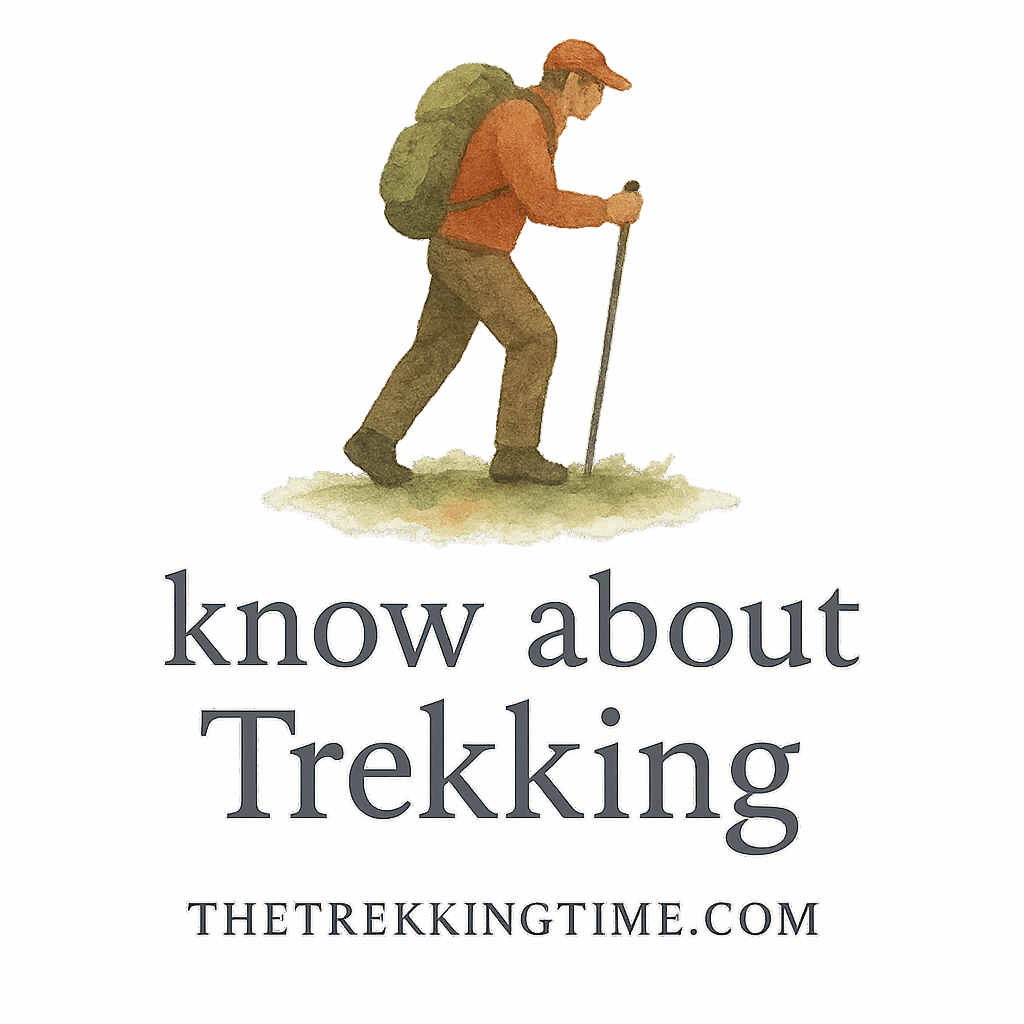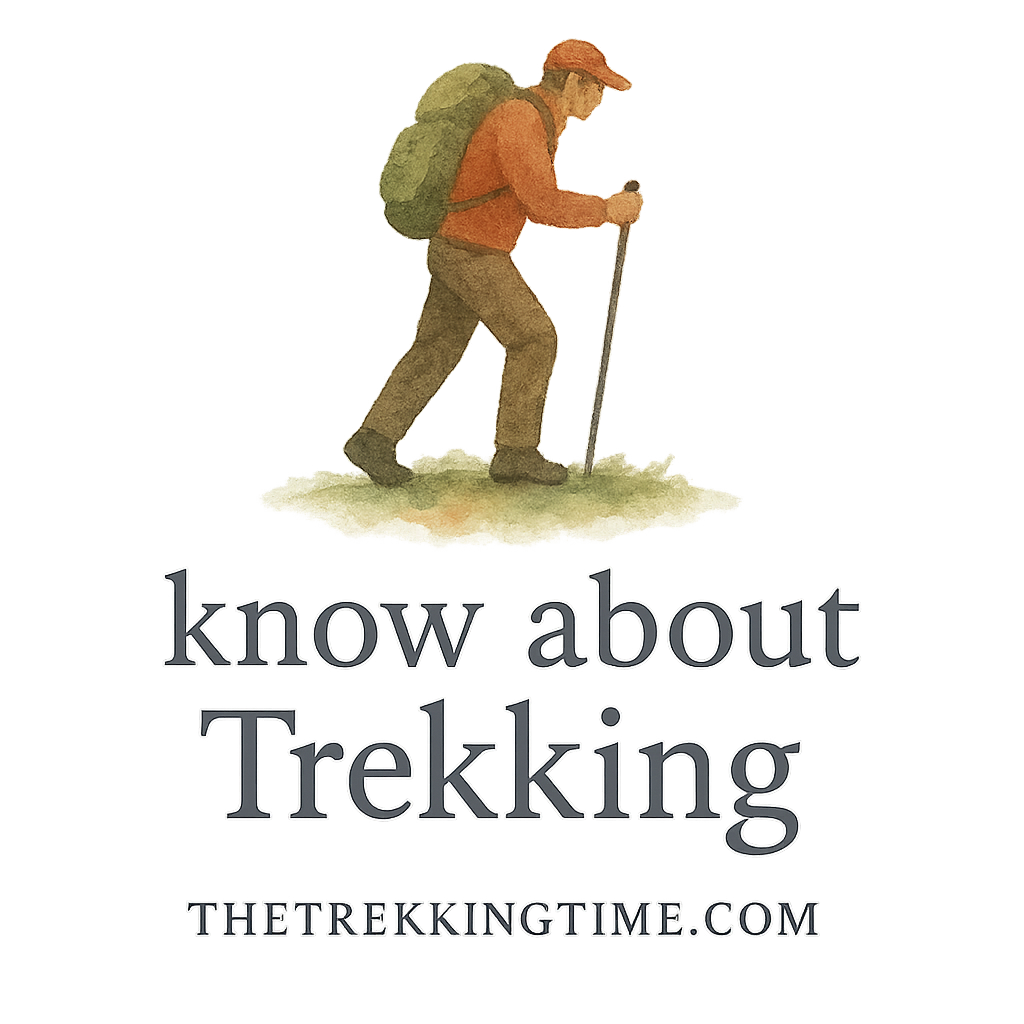Introduction
Ever feel like your time on the trail could be doing more than just giving your legs a workout? Well, it absolutely can. Trekking isn’t just about moving from point A to point B—it’s a full-blown outdoor education wrapped in a scenic adventure. Whether you’re new to the hiking world or a seasoned trailblazer, engaging in trekking activities can develop serious outdoor skills.
In this article, we’ll break down 7 trekking activities that build stronger outdoor skills, while also linking you to some amazing resources over at The Trekking Time. Let’s hit the trail—mentally and physically!
Why Outdoor Skills Matter
Before diving into the specific activities, let’s talk about why outdoor skills are so critical. They don’t just make you look like a pro; they keep you safe, self-reliant, and ready for whatever the wilderness throws at you. Whether it’s sudden weather changes, tricky terrain, or unexpected delays, solid skills equal survival—and fun.
1. Navigation Practice
Getting lost isn’t part of the plan—but being prepared just in case? That’s a skill worth mastering.
Map Reading and Compass Skills
Learning to use a topographic map and compass isn’t outdated—it’s essential. These classic tools don’t rely on batteries or cell service and are covered in depth over on our Trekking Basics page.
Using GPS Devices Wisely
Sure, GPS is great—but it shouldn’t be your only lifeline. Practice switching between digital and analog tools to stay sharp and self-reliant, especially on challenging routes.
Route Planning for Safe Treks
Knowing how to plan your hike—factoring in elevation, trail difficulty, and water sources—is key to staying on course. You’ll find a range of trekking destinations to test these skills.
2. Setting Up Camp
Trekking and camping go hand-in-hand. And knowing how to set up a solid campsite can make or break your experience.
Tent Pitching Techniques
From finding level ground to staking properly in windy conditions, practice makes perfect. Start small in your backyard, then level up on an actual trail.
Choosing the Right Campsite
Location matters. Learn to identify safe, dry, and eco-friendly spots—and always consider local wildlife patterns and weather conditions.
Leave No Trace Principles
Camping is fun—but not if it destroys the environment. Review key etiquette practices like packing out all trash and minimizing fire impact. More tips are available on our Trekking Safety Tips page.
3. Cooking in the Wild
Forget cold granola bars—wild cooking can be fun, nutritious, and safe if done right.
Backpacking Stoves and Fire Safety
Learning how to handle a backpacking stove and build a small, contained fire safely is both fun and practical. Be sure to review fire restrictions before you go!
Preparing Nutritious Trail Meals
Fuel your body with the right balance of carbs, protein, and fat. A strong trekker needs smart food choices, especially on long trails. We’ve got meal prep tips on Trekking Gear & Packing.
Water Purification Know-How
Boiling, filtering, or chemical treatment? Know the pros and cons of each. This isn’t optional—it’s survival. Learn more under tag: health and tag: wellness.

4. Emergency First Aid Drills
Nature is unpredictable. Being able to respond calmly and confidently to injury is a game-changer.
Treating Common Hiking Injuries
From blisters and sprains to dehydration and heatstroke, knowing first-aid basics is non-negotiable. These are crucial for difficult terrain.
Building a DIY First Aid Kit
Forget store-bought kits—create a customized one with items you’ll actually use. Add things like moleskin, rehydration salts, and tweezers.
Understanding Emergency Protocols
Know when and how to signal for help. Practice using a whistle, mirror, or even emergency beacon.
5. Trail Fitness Routines
To trek far, you need to train smart.
Strength and Stamina Building
Incorporate cardio and strength training into your weekly routine. Squats, lunges, and long-distance walks help build trail endurance.
Trekking with a Weighted Pack
Practice hiking with your full pack to get used to the strain and improve posture. Your performance on the trail will thank you.
Mental Resilience Training
Sometimes, the biggest barrier is mental. Use mindfulness, visualization, and controlled breathing to get through the toughest parts of your trek.
For full fitness prep, check out Trekking Fitness Prep for more techniques.
6. Team-Based Challenges
Trekking isn’t always solo—it often includes teamwork.
Communication on the Trail
Practice walkie-talkie etiquette, hand signals, and clear verbal communication to avoid confusion during group treks.
Leadership and Group Dynamics
Learn to lead and follow. Being a good teammate means knowing when to take charge and when to support.
Solving Problems Under Pressure
Flat tire on a mountain bike? Tent poles snapped? Time to improvise and adapt. Build creative problem-solving skills on smaller trips.
You’ll grow into a capable hiker with real trail wisdom.
7. Wilderness Survival Skills
You might never get stranded, but knowing how to survive makes you a more confident trekker.
Building a Shelter from Nature
No tent? No problem. Use branches, leaves, and natural formations to stay warm and dry.
Finding Food and Water
Get familiar with safe edible plants and water sources—but remember, this is a skill that requires careful study and guidance.
Navigating with Natural Cues
No compass? The sun, stars, and landmarks can guide your way. Survival skills connect you deeply to the outdoors.
The Long-Term Benefits of Trekking Activities
These trekking activities aren’t just about the moment—they’re about lifelong transformation.
Boosting Self-Confidence
There’s nothing quite like the feeling of solving a problem in the wild. Trekking teaches you that you’re capable of more than you imagined.
Enhancing Outdoor Awareness
You start to notice details—the rustle of leaves, changes in the wind. This awareness turns into a deeper connection with nature.
Encouraging Healthy Lifestyle Habits
Trekking supports better sleep, better eating, and more movement. It builds positive habits that stick with you.
Conclusion
Trekking is more than a walk in the woods—it’s a crash course in life skills, nature connection, and self-discovery. The 7 trekking activities we’ve outlined above will not only build your outdoor skills but also transform how you experience the trail and the world around you.
Ready to hit your next trail with confidence? Dive deeper into more articles on The Trekking Time to keep growing as a trekker.
FAQs
1. What’s the best way to practice navigation skills before a trek?
Start with local parks and use a topographic map and compass. Turn off your GPS and test yourself!
2. Can I really learn wilderness survival without taking a course?
Yes, but a course helps. Supplement with books, online resources, and supervised practice.
3. How much weight should I carry while training?
Aim for 10–20% of your body weight in your pack. Adjust based on difficulty and trail length.
4. What’s a basic water purification method for beginners?
Boiling water is the simplest and safest. Portable filters and purification tablets are great too.
5. Is trekking safe for solo hikers?
It can be with the right preparation and communication plan. Always let someone know your route.
6. What should go into a trekking first-aid kit?
Bandages, moleskin, antiseptic wipes, tweezers, pain relievers, and blister pads are a great start.
7. How can I improve my trail fitness quickly?
Start with daily walks, add a weighted backpack, and do strength workouts 2–3 times a week.


